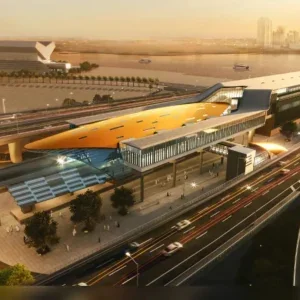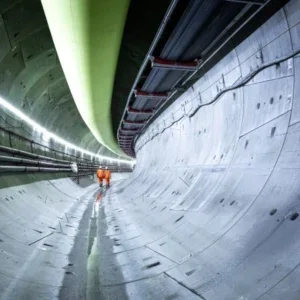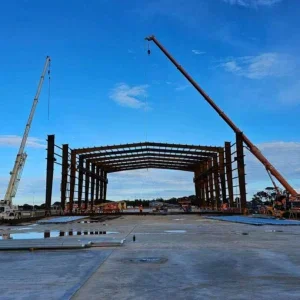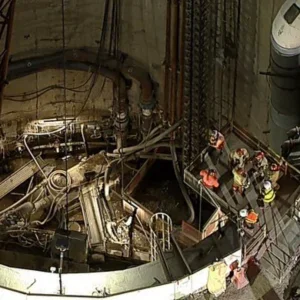Plans for a 35km long, 9m diameter, deep tunnel across London to increase the capacity of its sewerage network have been given initial approval. The Environment Secretary, Margaret Beckett, instructed Ofwat, the UK water industry regulator, to include the scheme in regional water company Thames Water’s business plan for the asset management planning period 2005-2010. The move effectively allocates funds and gives direction for the next stage of planning and design.
The plan is an upgrade of the 140 year old interceptor sewers that run along either side of the river Thames, with a new deep tunnel running up to 100m underground and broadly following the alignment of the river. The Thames Tideway Strategic Study, a group comprising representatives from the Environment Agency, Thames Water, Ofwat, the Greater London Authority and the Government Department of the Environment, Food and Rural Affairs (DEFRA), has been examining problems associated with London’s sewerage network for the past three years. Despite the improvements that have been made to the Thames since the 1960s, when it was practically lifeless, significant rainfall in the capital can still lead to sewers overflowing and discharging effluent and litter into the river. Reports describe how up to 60 storm overflows still discharge into the river on such a regular basis that they are in breach of European directives.
Chris Binnie, chairman of the steering committee for the study group, told T&TI that a report of its findings could be available by June. He said the tunnel would pick up sewage from as far west as Twickenham, although it would only start at Hammersmith and cross the city to Beckton and Crossness sewage works in the east. Binnie described how, at the western end, the ground is expected to consist of London Clay, whereas at the lower, eastern end, the tunnel could be constructed through chalk. Geotechnical desk studies have been done, as have studies into the feasibility and likely methods of tunnelling. The tunnel could cost in the region of $3.55bn and is expected to take up to six years to build. Binnie told T&TI that following publication of the report, the group would hope for a ministerial decision later this year, clearing the way for environmental impact assessments, planning and promotion of the scheme. Binnie also said that method of funding was up to Thames Water.
A spokesman for Thames Water told T&TI that such a massive project could not be paid for in a single price review period. It was far more likely that the scheme would be run across two or three periods of asset management planning.
With the recent approval for the planning and the design to start in 2005 to 2010 funding period, the construction start could be in the 2010 to 2020 price periods.







